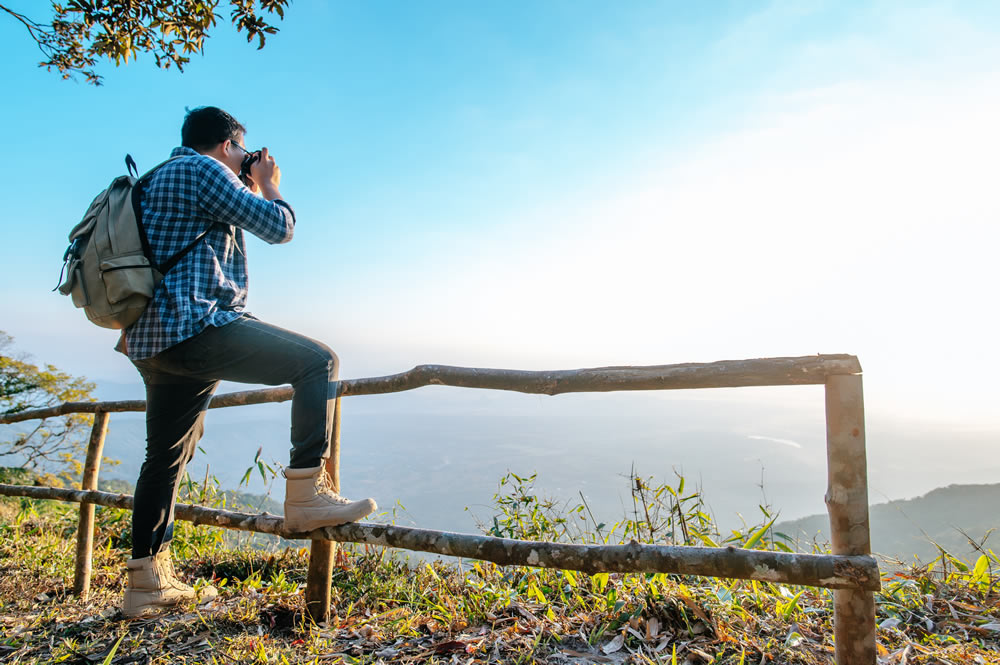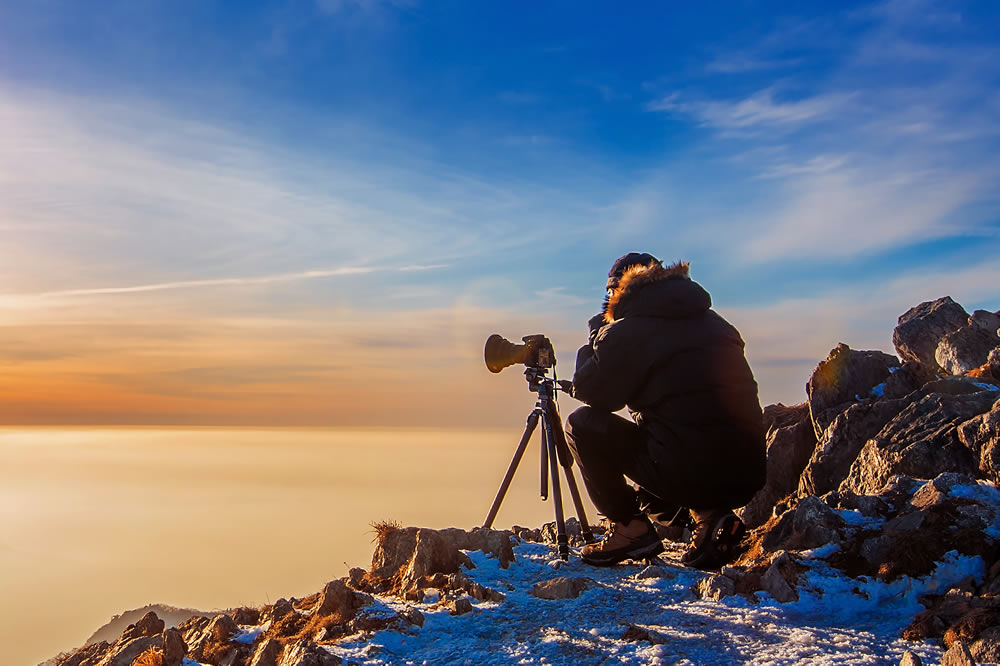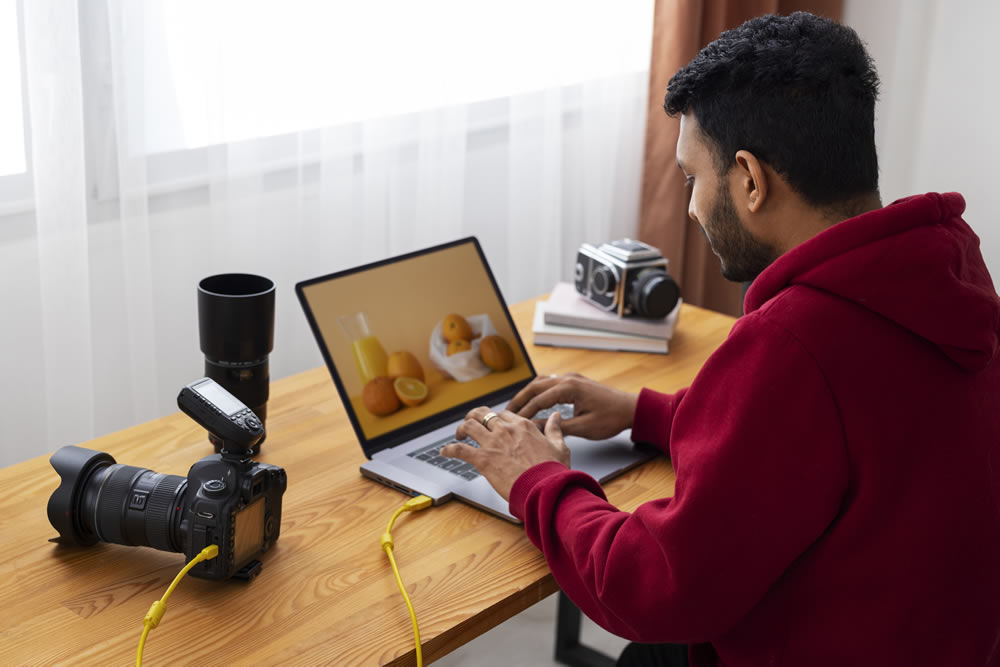In today’s digital age, photography plays a pivotal role in how we communicate, learn, and express ourselves. For students, mastering the art of photography can enrich personal projects, academic presentations, and even social media profiles, opening up new avenues for creativity and expression.
The secret to captivating photography often lies not in expensive equipment or complex editing software but in understanding and utilizing angles. This article delves into the transformative power of angles in photography, offering students practical advice on capturing images that truly stand out.

The Basics of Photography
Photography, at its core, is about storytelling through images. It’s a blend of art and science, where light, composition, and subject interact to create a moment frozen in time. A crucial element often overlooked by novices is the perspective from which a photo is taken. Just as a well-crafted essay or a compelling discussion post can captivate its audience, the angle in a photograph can dramatically alter the viewer’s perception and emotional response.
For students looking to enhance their photographic skills, it’s essential to move beyond simply pointing and shooting. Instead, think of your camera as a tool for exploration, much like how you might approach a “write my discussion post” request with creativity and thoughtfulness. Understanding the basics of photography is the first step in learning how to manipulate angles for maximum effect.
The Power of Angles in Photography
Angles are more than just a technical aspect of photography; they are a powerful storytelling tool. By altering the angle, a photographer can transform the mood of an image, influence the narrative, and even manipulate the viewer’s emotions. For instance, shooting from a low angle can make the subject appear larger than life, imbuing them with an aura of power or heroism.
Conversely, a high-angle shot can make the subject appear smaller, more vulnerable, or less significant. Eye-level shots create a sense of equality and intimacy between the subject and the viewer. Experimenting with different angles allows photographers to discover the most flattering or impactful perspective, turning an ordinary photo into an extraordinary one.
Finding Your Best Angle
Discovering the best angles for your subjects requires patience, practice, and a bit of experimentation. Start by taking multiple shots of your subject from various angles and perspectives. Pay attention to how the different angles affect the composition and overall feel of the image. Utilize the rule of thirds to create a balanced and visually appealing photo.
This technique involves dividing the image using two horizontal and two vertical lines, then positioning the main elements of the photo at the points where these lines intersect. Remember, the best angle is not only about aesthetics but also about conveying the right message and emotion through your photograph. As you practice, you’ll begin to develop an intuitive sense of which angles work best in different situations.

Techniques for Capturing Standout Pictures
Each angle offers a unique perspective and can be employed to serve different artistic and communicative purposes:
- Low Angle: Shooting from below eye level can make subjects appear more imposing or significant, ideal for capturing monuments, architecture, or to impart a sense of aspiration in portraits.
- High Angle: Taking photos from above can offer a comprehensive view of the scene, make subjects appear smaller, or create a sense of detachment. It’s particularly effective for landscapes or group shots.
- Eye Level: This is the most natural angle, creating a direct connection between the subject and the viewer. It works well for portraits and everyday scenes, providing a straightforward and authentic perspective.
- Unique Angles: Experimenting with unconventional angles, such as shooting from the hip or overhead, can yield creative and intriguing results. These angles can turn mundane subjects into captivating photographs by offering a new viewpoint.
Equipment That Can Help
While technique plays a crucial role in capturing great photos, certain equipment can enhance your ability to explore different angles:
- Tripods: A reliable tripod allows for stability at various heights and locations, essential for low-light conditions or capturing sharp images from unique perspectives.
- Selfie Sticks: For personal photography, selfie sticks can extend your reach, enabling high-angle shots and perspectives that would otherwise be challenging to achieve.
- Drones: Drones offer unparalleled versatility in angles, especially for landscape and architectural photography, providing views from heights and distances not possible with handheld cameras.
- Smartphone Apps: Numerous apps can assist in finding the right angle, editing photos, or even simulating different lenses, making it easier for students to experiment with their photography without heavy investment in equipment.
Practical Applications for Students
Understanding and applying these techniques can significantly benefit students across various contexts:
- Personal Branding: Eye-catching photos on professional networks or personal blogs can make a strong impression.
- Academic Projects: Well-composed images can enhance presentations, projects, and reports, providing visual evidence and engagement.
- Social Media: Standout pictures can garner attention and engagement and are useful for those managing social media for clubs, organizations, or personal brands.
- Professional Portfolios: For students in creative fields, compelling images can showcase talent and skill, making portfolios more appealing to potential employers or clients.

Challenges and Solutions
Students might face several challenges while trying to capture photos from flattering angles, such as inadequate lighting or crowded spaces. Overcoming these obstacles often requires creativity and persistence. For instance, using reflective surfaces can help redirect natural light, and choosing less crowded times for public spaces can provide the freedom to experiment with angles without interruption. Embracing these challenges as part of the learning process encourages adaptability and resilience in budding photographers.
Takeaway
Photography is an art form accessible to students from all disciplines, offering a unique medium to capture and share their perspectives. By understanding the impact of angles and employing various techniques and tools, students can take pictures that truly stand out. Just as seeking dissertation writing services can provide crucial support in crafting a compelling academic piece, mastering the art of photography from different angles can significantly enhance the way stories are told visually, leaving a lasting impression on the viewer.










